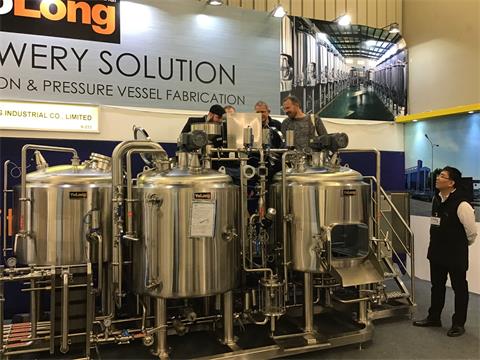How Much Does a Microbrewery Cost?
Brewing Equipment: Essential Investments for a Microbrewery
One of the biggest expenses when launching a microbrewery is the brewing equipment. Whether you’re brewing on a small or large scale, you’ll need essential components like fermentation tanks, filtration systems, boilers, and packaging equipment.
- Fermentation Tanks: These are where the magic happens. Depending on the size of your brewery, a single fermentation tank can cost between $2,000 and $20,000.
- Filtration Systems: Removing unwanted particles and ensuring the clarity of the beer is crucial. Expect to pay anywhere from $5,000 to $50,000, depending on the system.
- Boilers & Kettles: Brewing involves heating water and ingredients, and high-quality kettles can range between $10,000 and $100,000.
- Packaging Equipment: If you’re bottling or canning your beer, you’ll need specialized equipment. Small-scale machines start at $5,000, while industrial-grade systems can cost upwards of $100,000.
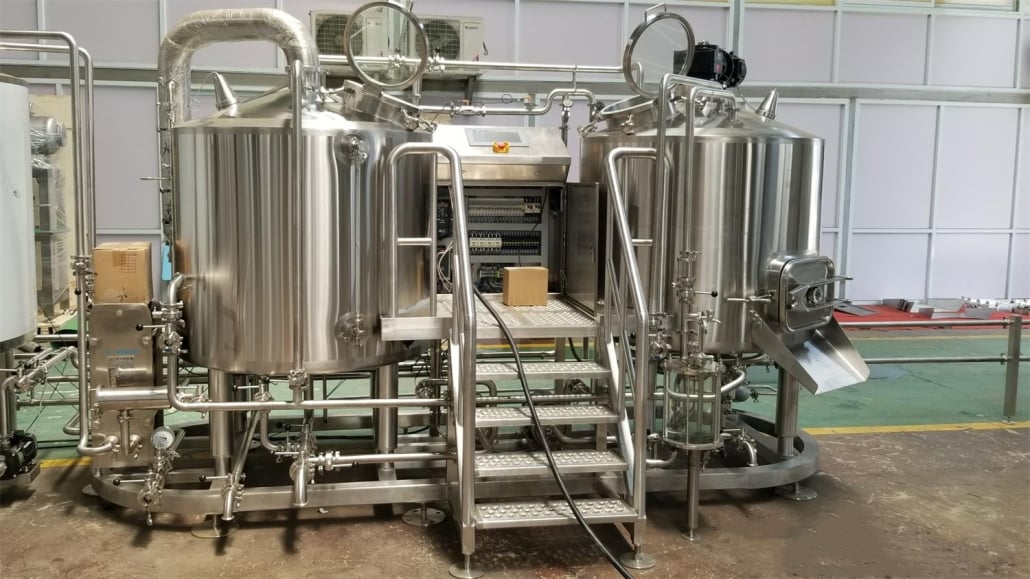
Comparison of Equipment Costs Between Small, Medium, and Large Microbreweries
| Equipment Type | Small Brewery (1-5 BBL) | Medium Brewery (5-15 BBL) | Large Brewery (15+ BBL) |
|---|---|---|---|
| Fermentation Tanks | $2,000 – $10,000 | $10,000 – $50,000 | $50,000 – $200,000 |
| Brewing Kettles | $5,000 – $20,000 | $20,000 – $80,000 | $80,000 – $200,000 |
| Filtration Systems | $5,000 – $15,000 | $15,000 – $40,000 | $40,000 – $100,000 |
| Packaging Equipment | $5,000 – $30,000 | $30,000 – $100,000 | $100,000+ |
| Total Equipment Cost | $20,000 – $100,000 | $100,000 – $500,000 | $500,000 – $2M+ |
Cost of Purchasing vs. Leasing Commercial Real Estate
Choosing a location for your microbrewery can be a tough decision, and costs vary widely based on whether you buy or lease:
- Leasing a space is often the best option for new brewers, with costs ranging from $2,000 to $15,000 per month depending on location and size.
- Purchasing a commercial space provides long-term stability but requires upfront investment. Expect to pay anywhere from $200,000 to over $1 million for a suitable property.
The Difference Between Family-Style Brewing and Commercial Brewing
| Factor | Family-Style Brewing | Commercial Brewing |
|---|---|---|
| Equipment Cost | <$10,000 (Basic Setup) | $100,000+ (Advanced Setup) |
| Space Requirement | Home kitchen or garage | Dedicated commercial space |
| Licensing Needed | Often none | Requires federal/state licenses |
| Production Scale | Small batches (5-10 gallons) | Large-scale (100+ gallons) |
| Revenue Potential | Hobby or side income | Full-scale business income |
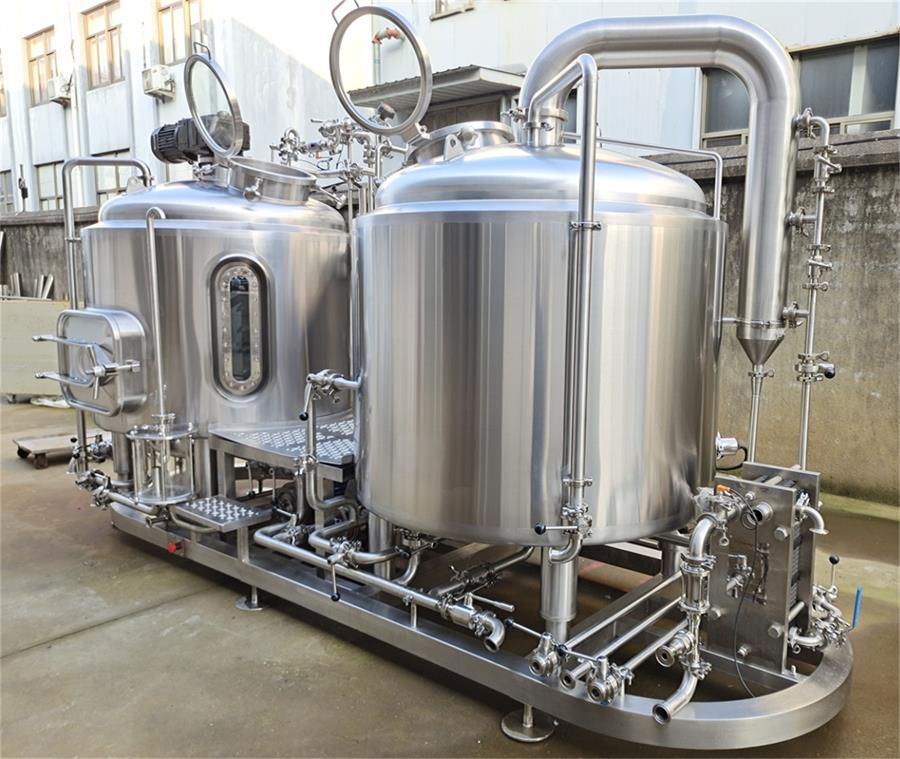

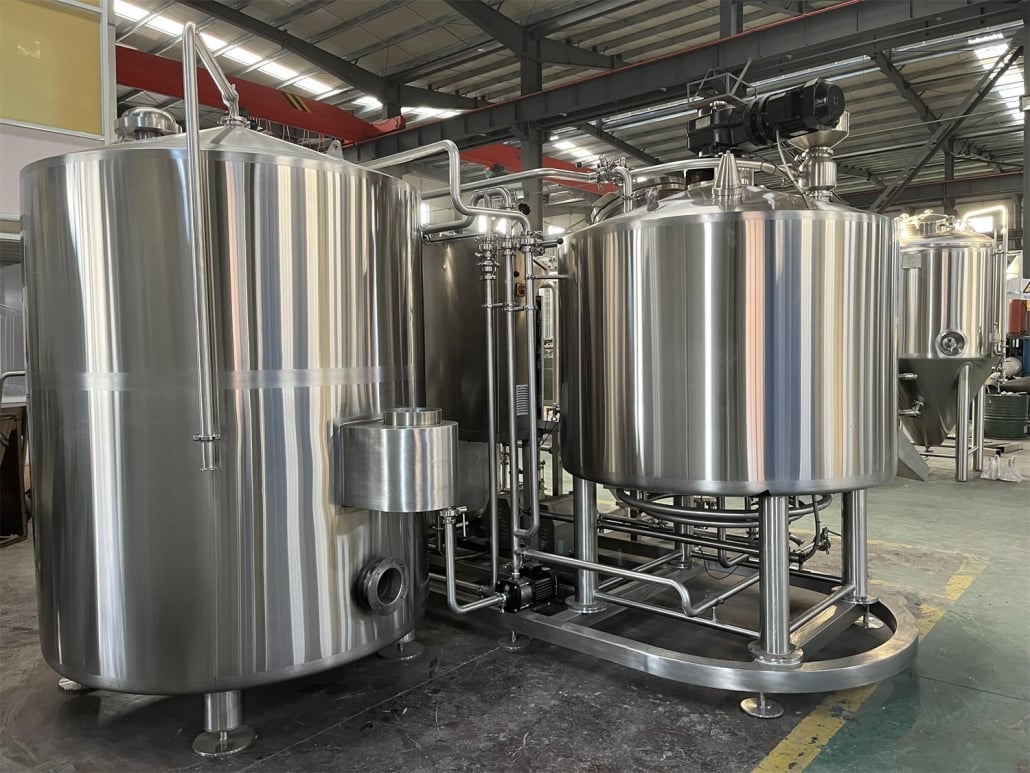
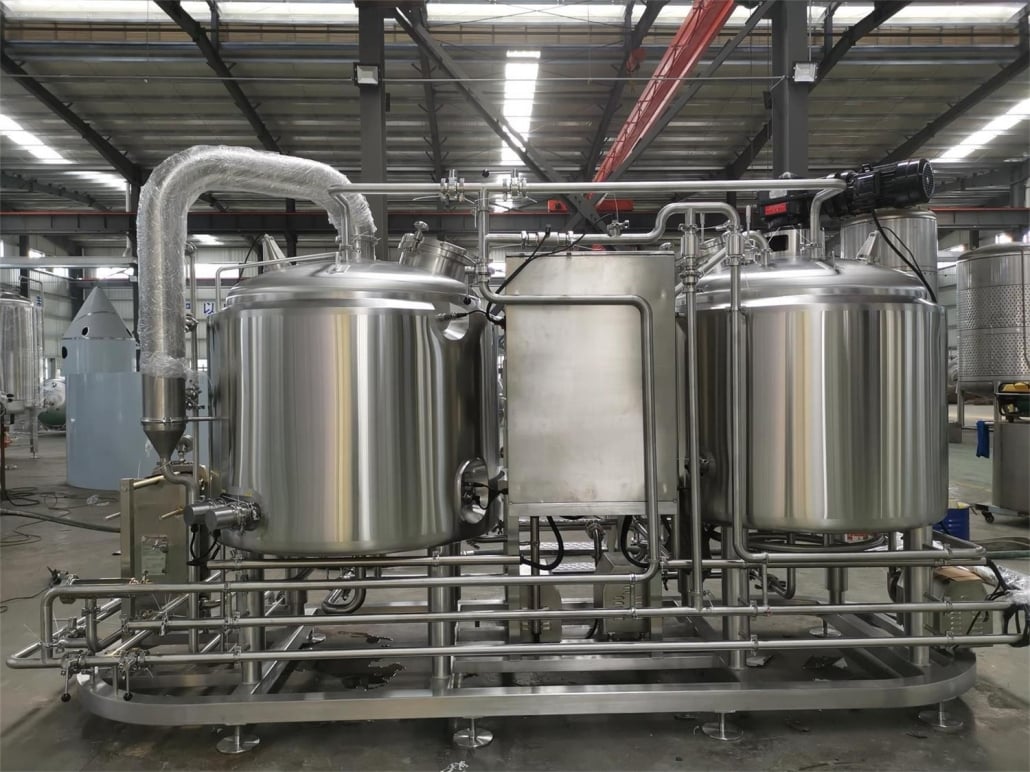
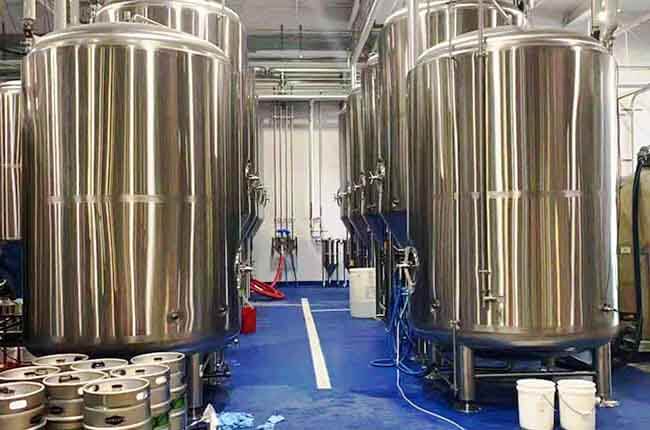
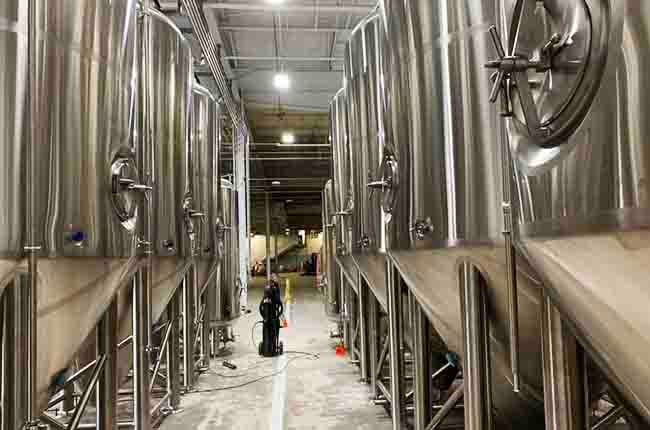
The Cost of Raw Materials for Brewing Beer
The ongoing cost of brewing beer includes raw materials like malt, hops, yeast, and water. The average costs are:
- Malt: $0.50 – $1.50 per pound
- Hops: $5 – $20 per pound
- Yeast: $10 – $50 per batch
- Water: Depends on location, but typically low cost
A 10-barrel batch can cost $500 – $1,500 in raw materials, depending on the beer style.
The Cost of Applying for an Alcohol Production and Sales License
| License Type | Estimated Cost |
|---|---|
| Federal Brewer’s Permit | $1,000 – $5,000 |
| State Alcohol License | $500 – $10,000 |
| Local Licensing Fees | $500 – $5,000 |
| Total Licensing Costs | $2,000 – $20,000 |

The Cost of Creating a Wine Brand and Packaging Design
Branding is crucial for attracting customers. Costs include:
- Logo and Branding Design: $500 – $5,000
- Label Printing: $0.10 – $1.00 per label
- Custom Packaging: $2,000 – $50,000+ for high-end designs
FAQ
| Question | Answer |
|---|---|
| How much does it cost to start a microbrewery? | Costs range from $100,000 to $2 million+, depending on size and location. |
| Is it cheaper to lease or buy a brewery space? | Leasing is more affordable initially, while purchasing provides long-term stability. |
| What are the biggest expenses? | Equipment, real estate, licensing, and branding. |
| How much does brewing equipment cost? | Between $20,000 and $500,000+ depending on scale. |
| Do I need a license to start a microbrewery? | Yes, both federal and state licenses are required. |
Additional FAQs on Microbrewery Costs (2025)
1) How much working capital should I plan beyond build-out and equipment?
- Typically 6–9 months of operating expenses. As a rule of thumb, allocate 15–25% of total project cost for payroll, rent, ingredients, utilities, and launch marketing.
2) What utility upgrades most often get underestimated in budgets?
- Glycol chilling capacity, electrical service for future tanks, make‑up air/ventilation, steam condensate return, floor drains/trench slopes, and CO2 monitoring.
3) Is a canning line necessary at launch?
- Often no. Taproom-first with kegs plus periodic mobile canning reduces CAPEX and validates demand before buying an in‑house filler/seamer.
4) How do lease terms impact total microbrewery cost of ownership?
- TI allowances, length of lease, annual escalations, NNN charges, and exclusivity/venting rights can swing TCO by 10–20% over five years. Negotiate options to expand/renew.
5) What insurance and compliance costs should I expect?
- General/liquor liability, workers’ comp, equipment breakdown, and product recall coverage commonly total $6k–$25k/yr for small operations; add annual PRV certification, safety training, and required permits.
2025 Industry Trends Affecting Microbrewery Budgets
- Taproom-first economics: Higher gross margins reduce payback time; selective wholesale only after QA and package stability are proven.
- Right-sized automation: Modular brewhouse/cellar skids and basic PLC controls speed commissioning and cut labor hours.
- Sustainability ROI: Heat recovery, insulation, and VFD pumps reduce energy 15–25%; rebates/incentives shorten payback.
- QA earlier in lifecycle: DO/TPO checks and closed transfers lower returns and protect brand; increasingly expected by retailers.
- Financing mix shifts: SBA 7(a)/504 plus equipment lending remains common; higher rates extend breakeven by several months.
2025 Cost Benchmarks and KPIs for a Microbrewery
| Budget Line | Typical Range (USD) | Notes |
|---|---|---|
| Total startup (3–7 BBL, taproom-first) | $250k–$900k | Build-out + equipment + soft costs |
| Working capital reserve | 15–25% of project | 6–9 months OPEX |
| Equipment lead time | 12–24 weeks | Skid-mounted systems faster |
| Brewhouse efficiency | 80–90% | Impacts malt costs |
| Water use per hl beer | 3.5–5.5 hl/hl | With reuse/recovery |
| Packaged TPO (cans) | <50–150 ppb | Shelf-life KPI |
| Utility intensity (thermal) | 18–28 kWh(th)/hl | Heat recovery helps |
Selected sources: Brewers Association benchmarking/economics and sustainability resources; ASBC Methods of Analysis; OEM specs and case studies (GEA, Krones/Steinecker, Specific Mechanical, Portland Kettle Works, Alpha Brewing Operations); industry press (BrewBound, Craft Brewing Business), 2024–2025.
Latest Research Cases
Case Study 1: Taproom-First Launch Hits EBITDA Positive in 11 Months (2025)
- Background: New urban 5 BBL microbrewery with limited funds debated buying a canning line.
- Solution: Purchased a 5 BBL brewhouse with three 10 BBL FVs, keg‑centric sales within 10 miles, quarterly mobile canning, wort‑to‑HLT heat recovery, and packaged DO spot checks.
- Results: Run‑rate ~1,000 bbl/yr by month 12; EBITDA positive month 11; energy/hl down 16%; wholesale returns decreased after oxygen controls.
Case Study 2: Modular Skids Cut Install Time and CAPEX Overruns (2024)
- Background: Suburban brewpub faced contractor delays and rising build‑out costs.
- Solution: Installed pre‑piped brewhouse/cellar skids with manifolded utilities and validated CIP; phased add‑on of two FVs after opening.
- Results: Commissioning reduced by 4 weeks; change orders cut 18%; earlier opening generated ~$85k incremental revenue vs original schedule.
Expert Opinions
- Bart Watson, Chief Economist, Brewers Association
- Viewpoint: “Right-sizing capacity to local demand and prioritizing taproom sales remains the most reliable path to early profitability for microbreweries.”
- Mary Pellettieri, QA Consultant; Author of “Quality Management for Craft Beer”
- Viewpoint: “Invest early in measurement—DO/TPO, carbonation, and SOP-driven QA—to prevent costly flavor instability and protect your brand.”
- John Mallett, Brewing Operations Expert and Author
- Viewpoint: “Design for maintenance and safety: hygienic piping, accessible valves/manways, and validated CIP reduce downtime and risk.”
Practical Tools and Resources
- Brewers Association (startup, benchmarking, QA, sustainability): https://www.brewersassociation.org
- ASBC Methods of Analysis (oxygen, sensory, package): https://www.asbcnet.org
- ProBrewer forums (build-out, permitting, equipment sourcing): https://www.probrewer.com
- SBA financing (7(a), 504) and lender match: https://www.sba.gov
- DSIRE incentives database (US energy/water rebates): https://www.dsireusa.org
- OSHA safety (CO2 monitoring, confined space): https://www.osha.gov
- OEMs and specs: https://portlandkettleworks.com | https://specificmechanical.com | https://www.alphabrewops.com | https://www.gea.com | https://www.krones.com
Budget tip: Validate utility capacities (power/steam/glycol), drainage and floor loading, wastewater pretreatment, and pressure vessel certifications (ASME/CE). Request P&IDs, IO lists, utility loads, CIP coverage tests, and sample batch logs before purchase to avoid costly surprises.
Last updated: 2025-09-29
Changelog: Added 5 targeted FAQs, 2025 trend insights with cost/KPI table, two microbrewery case studies, expert viewpoints, and vetted tools/resources focused on budgeting, QA, and right-sized scaling
Next review date & triggers: 2026-03-31 or earlier if financing rates shift >150 bps, OEM lead times or energy/water KPIs change materially, or BA/ASBC QA benchmarks are updated
Share this entry
Interested in learning more about Brewing Systems including additional details and pricing information? Please use the form below to contact us!
YOLONG BREWERY EQUIPMENT FAQS
- Commercial Brewery / Craft Brewery / Microbrewery / Nanobrewery
- What is The Difference Between Craft Beer and Industrial Beer?
- The Bespoke Differences In Custom Brewing Systems
- Everything You Need to Know About Kettle Souring
- How to Choose Brewing Equipment for Your business?
- How To Choose The-Best Partner To Build Your Commercial Microbrewing System?
- Two Detection Sensors That You Need To Use In Your Brewhouse System
- Remote Control Applications in Brewing Equipment/How does it work?
- How To Clean Your Brand New Brewery Tanks?

